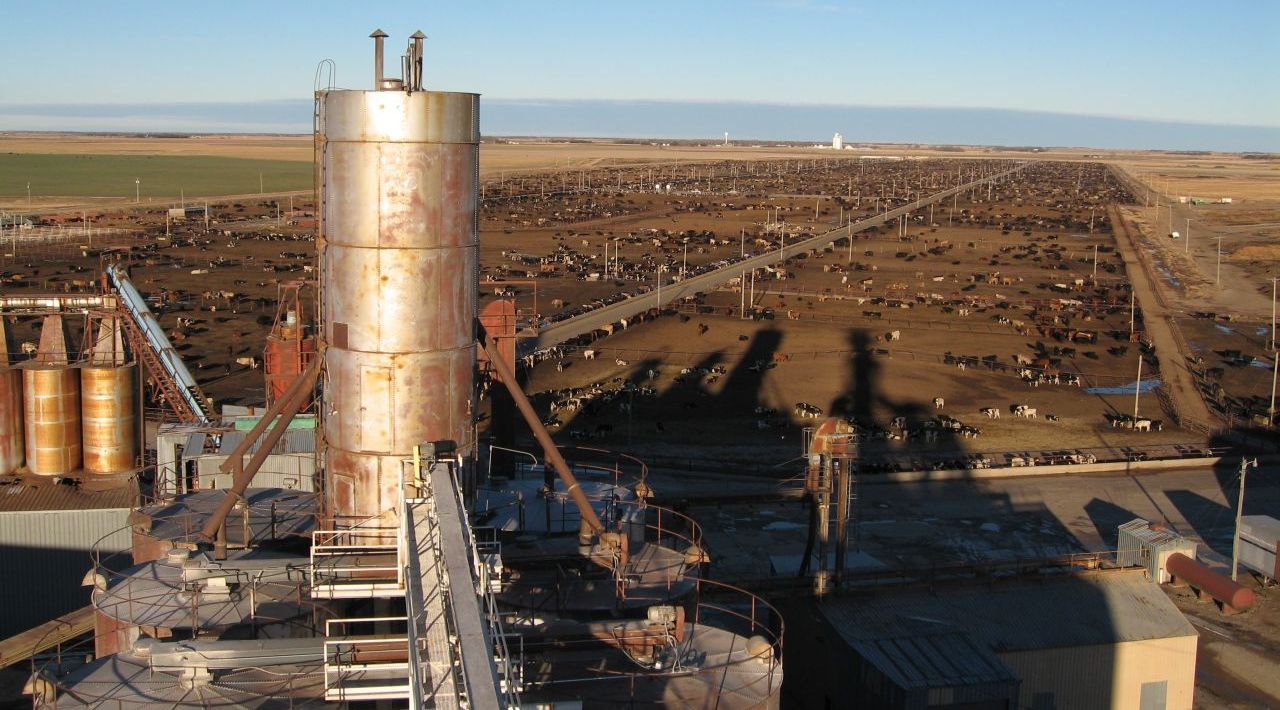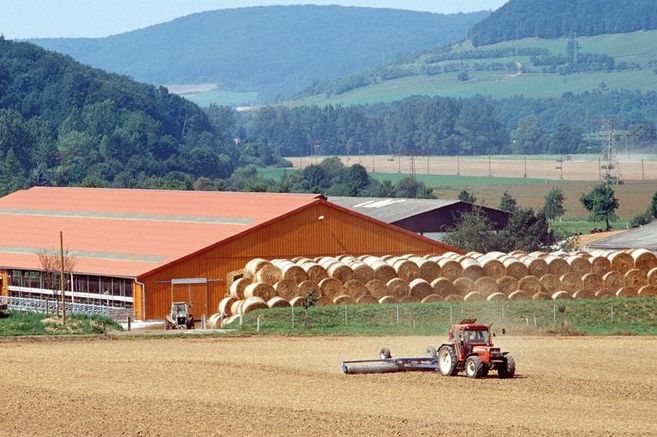Project
More beef import from the US to the EU soon?

Competitiveness of beef production in the USA, Canada and the EU
The USA and Canada are major beef producers and exporters. Given the beef price differential to the EU, both countries have an interest to export beef to the EU.
Background and Objective
Tariff trade barriers as well as Sanitary and Phytosanitary (SPS) trade restrictions prevent the imports of North American beef to the EU. The SPS mainly refer to the use of growth hormones and beta-agonists in the U.S. and Canadian beef production. Against the background of the negotiations about a free trade agreement between the U.S., Canada and the EU, the project analyses the status quo, drivers and development of beef production and trade. In a second step, it looks at the potential of production and trade based on expert-assessments.
Approach
In the first step costs and returns of typical beef finishing farms in Canada, the US and Europe are analysed, followed by a description of the frequency of using growth hormones and beta agonists in the US beef production. Using the data set of a US-feedlot with an annual production of 75000 cattle, we analyse the implications of an abandonment of growth promoters on productivity, costs and returns ('without-scenario'). Reflecting transport costs from the US to Europe we show how big the difference of costs and returns were in this scenario.
Data and Methods
The farm-level data of the year 2012 originate from the data set of the agri benchmark beef and Sheep Network which is updated on an annual basis. The data on the frequency of using growth hormones are from the Economic Research Service of the USDA. The data used for the analysis of the without-scenario were generated from local extension data, feedlot and manufacturer's data. The analysis of the without-scenario is done with difference calculations.
Results
The total impact of a free trade agreement on beef production in the EU appears rather limited. This view is supported in a recent study by Pelikan and Banse (2012) using GTAP modelling for the assessment of trade impacts of the FTA.
The study can be downloaded from the agri benchmark website at:
www.agribenchmark.org/fileadmin/Dateiablage/B-Beef-and-Sheep/Working-Paper/bs-05-USEU-neu.pdf
Thünen-Contact

Involved external Thünen-Partners
-
Kansas State University
(Kansas, Vereinigte Staaten von Amerika)
Duration
12.2012 - 12.2013
More Information
Project status:
finished
Publications to the project
- 0
Deblitz C, Dhuyvetter K (2013) Cost of production and competitiveness of beef production in Canada, the US and the EU. Braunschweig: Johann Heinrich von Thünen-Institut, 40 p, Working Paper agri benchmark Beef Sheep Network 2013/5



![[Translate to English:] Logo des Bundesministerium für Ernährung und Landwirtschaft](/media/allgemein/logos/BMEL_Logo.svg)